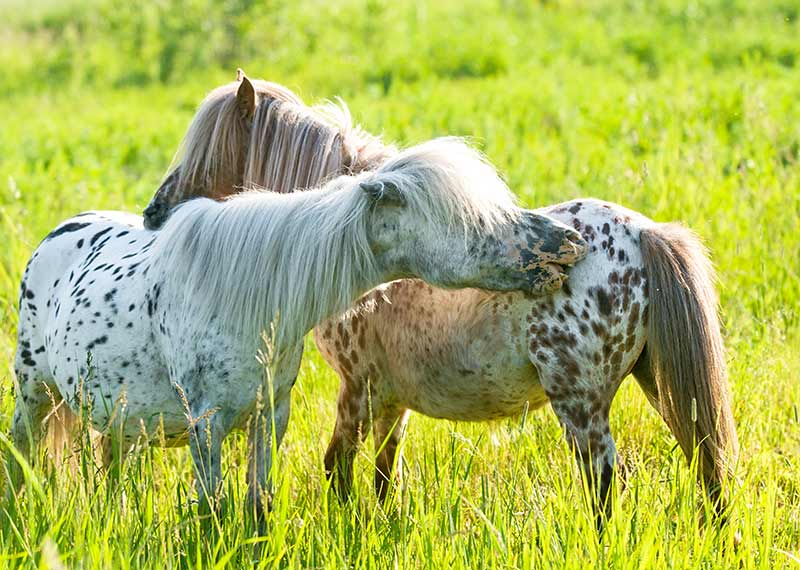
With spring in full swing, we need to be careful when changing our horses from hay to pasture. Although they are both forms of forages, there is quite a significant difference seeing as though hay is only 15% moisture whereas pasture is close to 85%.
If you???re in an area of Australia where your horse hasn???t been able to graze often in the pasture over winter, then it is important to control the amount of green grass they eat when returning to grazing. They should be introduced slowly to the pasture until it reaches around 6 to 8 inches in height, to benefit both the health of the horse and the pasture.
Grazing restrictions
Restricting your horses grazing times during the first couple of weeks of spring will be extremely important to the health benefits of the pasture. Ideally, you should allow your horse to graze for 15 minutes a day, gradually increasing by 15 minutes each day until you reach 4-5 hours per day. Once you hit this total, you can leave your horse to graze for as long as they wish.
By restricting their access, you???re allowing the horse???s metabolism to become accustomed to the lush forage. It is suggested to feed your horse their normal hay diet before turning them out to pasture during the first couple of times to avoid rapid intake of pasture grasses.
Effects on horse health
If you suddenly change your horse from hay to green pastures without any gradual increase, it can affect the horse drastically. A horse relies on microbes in its gastrointestinal tract to process their food, and with the sudden change in foods the microbes may not have time to adjust and therefore a number of them may die off. In this situation, toxins may be absorbed resulting in digestive dysfunction or colic.
There also seems to be a strong correlation between the over indulgence of green pasture that hasn???t been allowed to fully develop. The grasses accumulate non-structural carbohydrates which have shown evidence of causing laminitis in horses. By allowing your horse to only graze the pasture when it is fully grown and healthy, you are not only reducing the risks of laminitis, but allowing the pasture to grow to its full potential and your horse can get the full health benefits from the grass.
Depending on your location, this gradual introduction to spring pastures may not be as necessary if your horse has been able to graze over winter. However, if the cold weather has reduced your horses grazing capabilities, then abide by the above steps to ensure your horses overall health throughout the warmer months.


